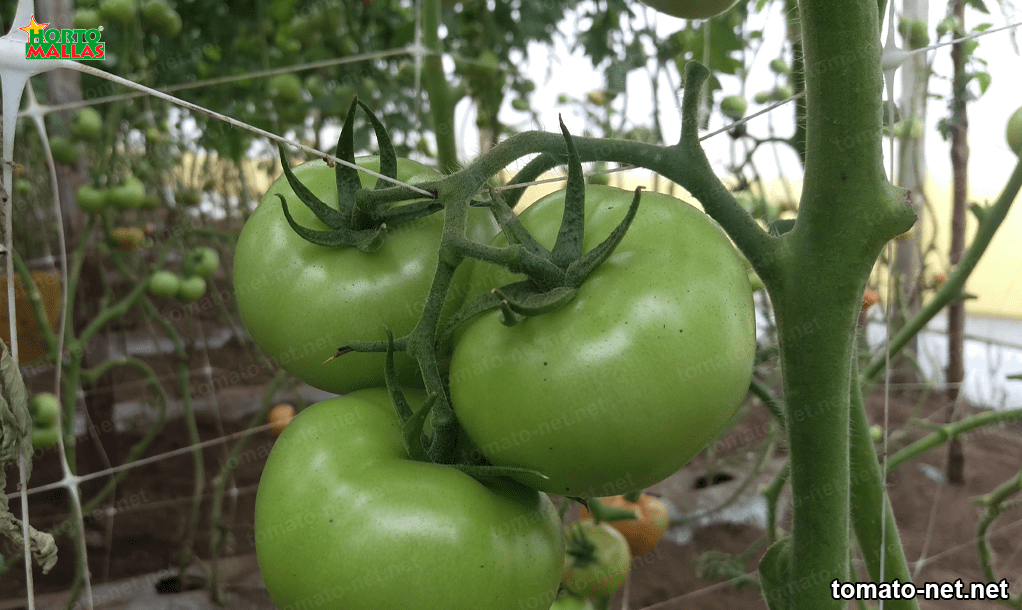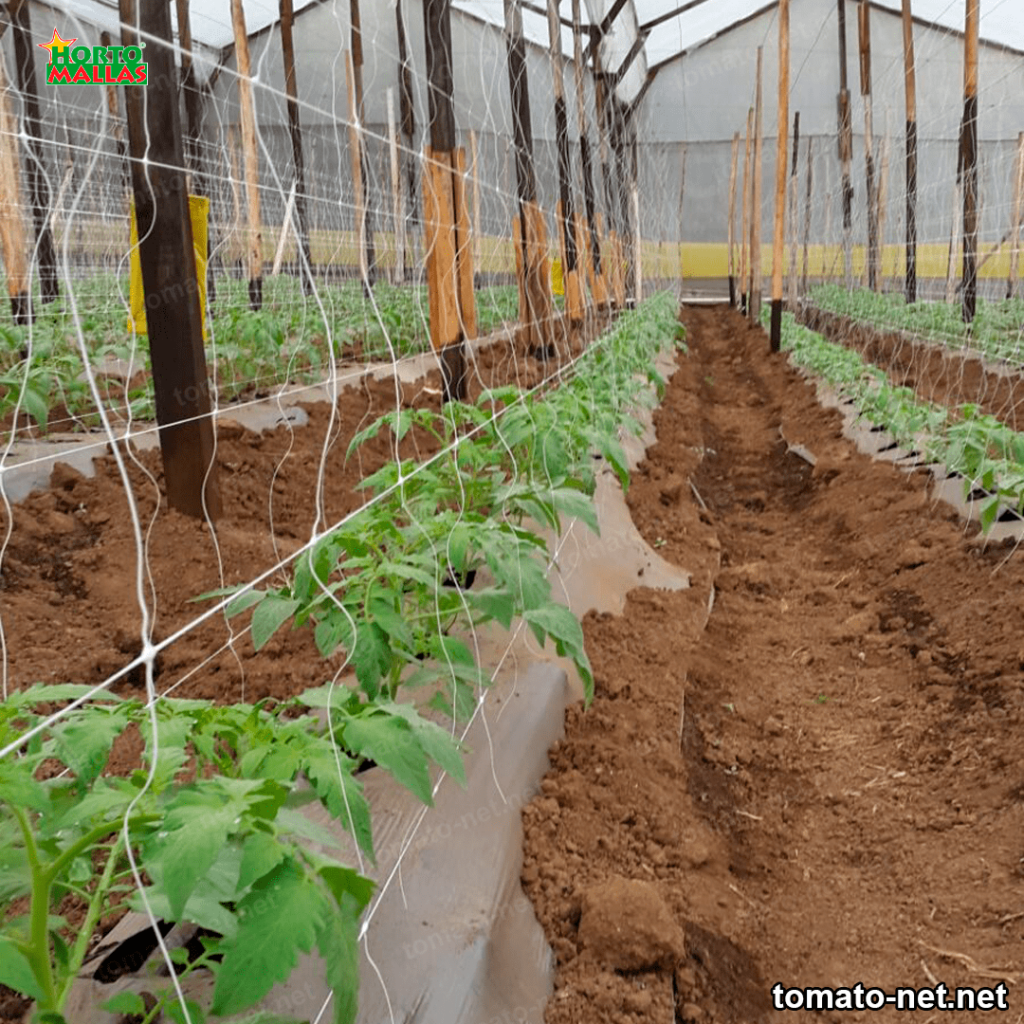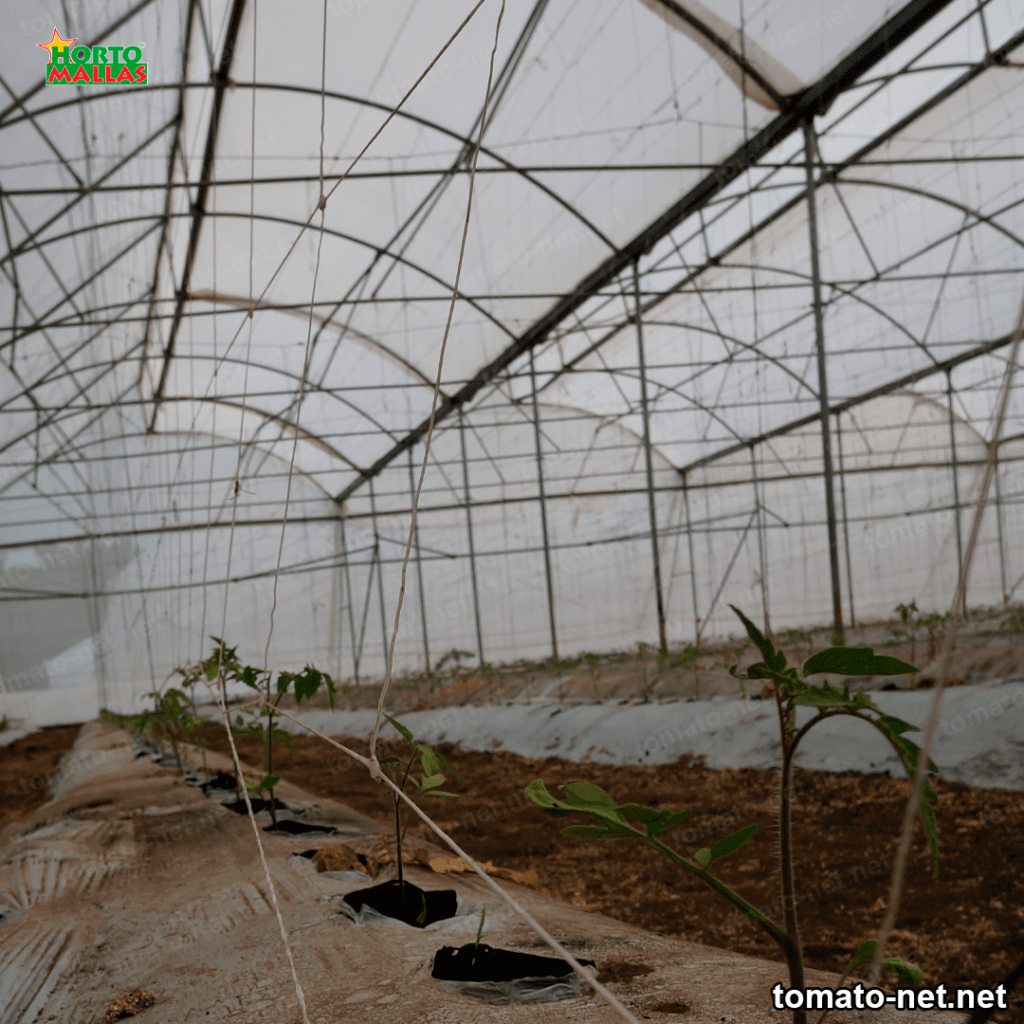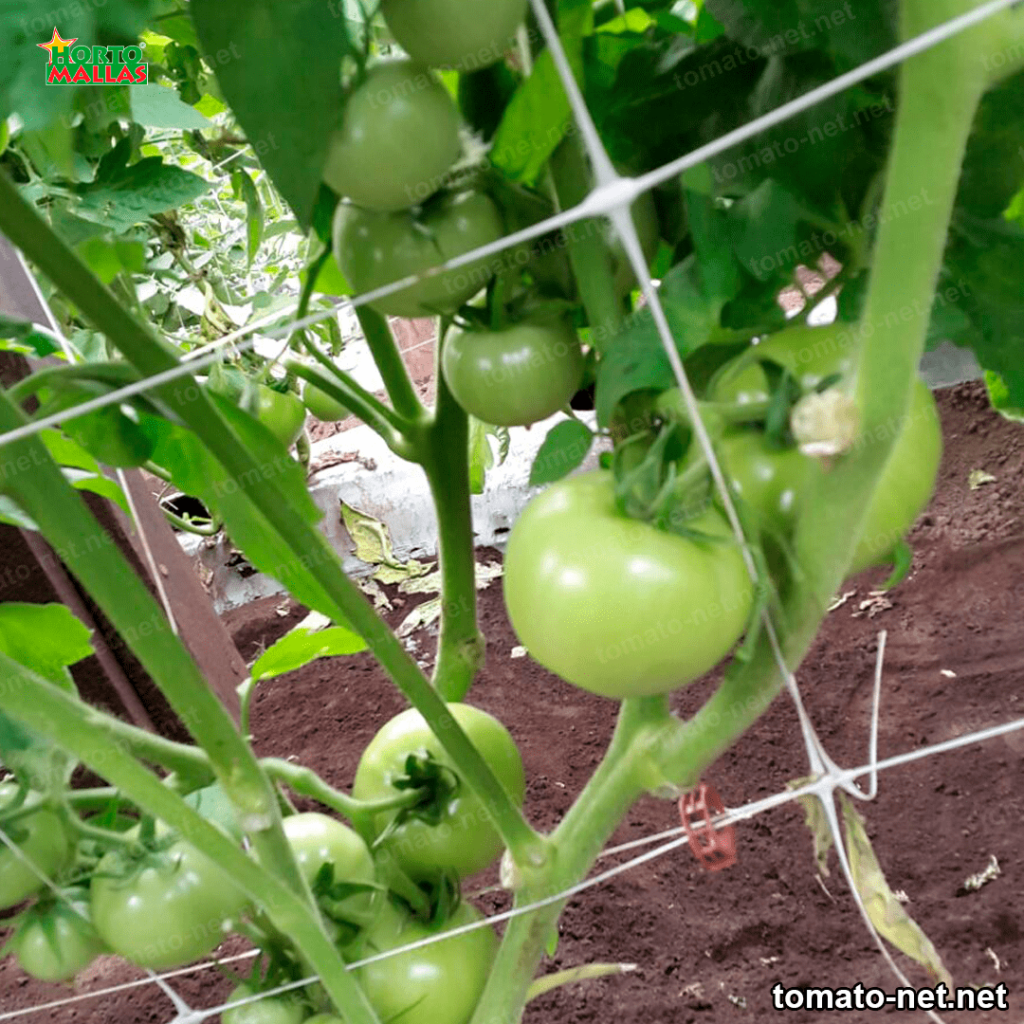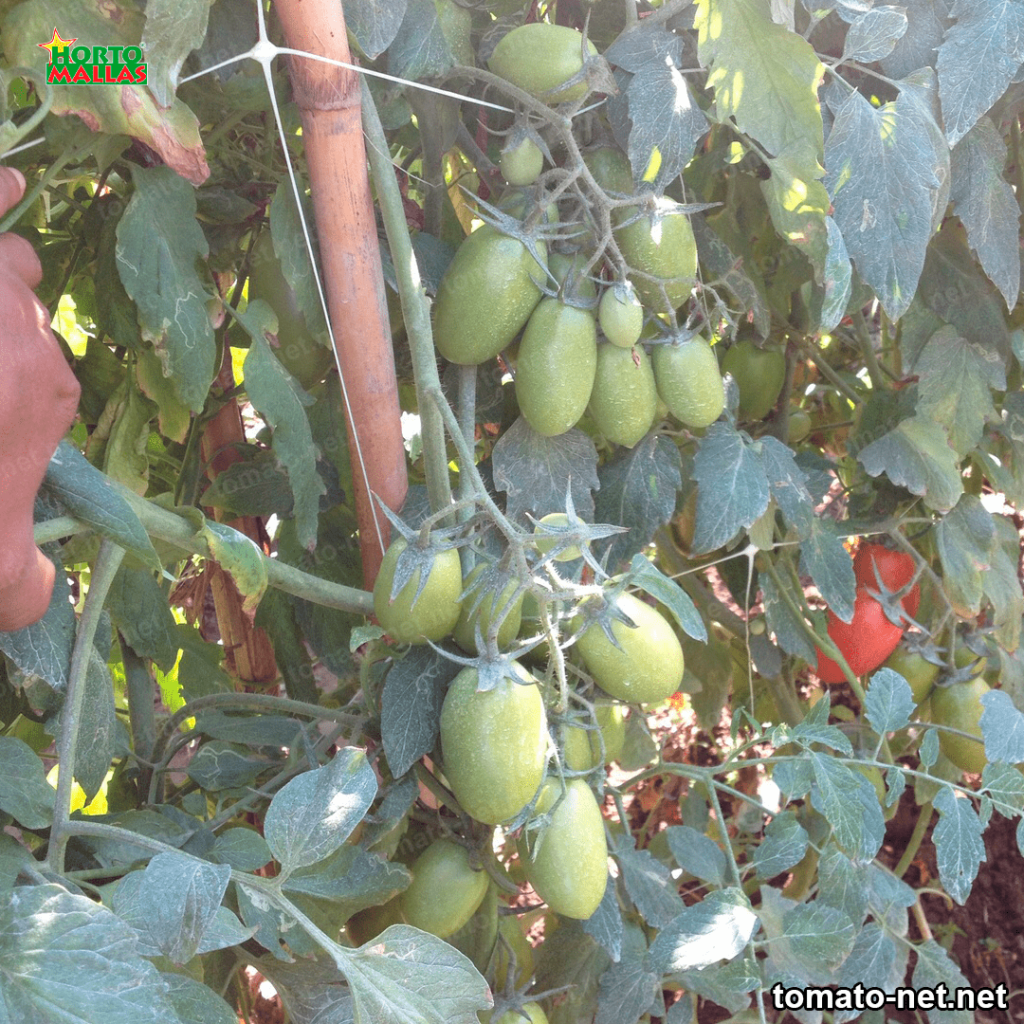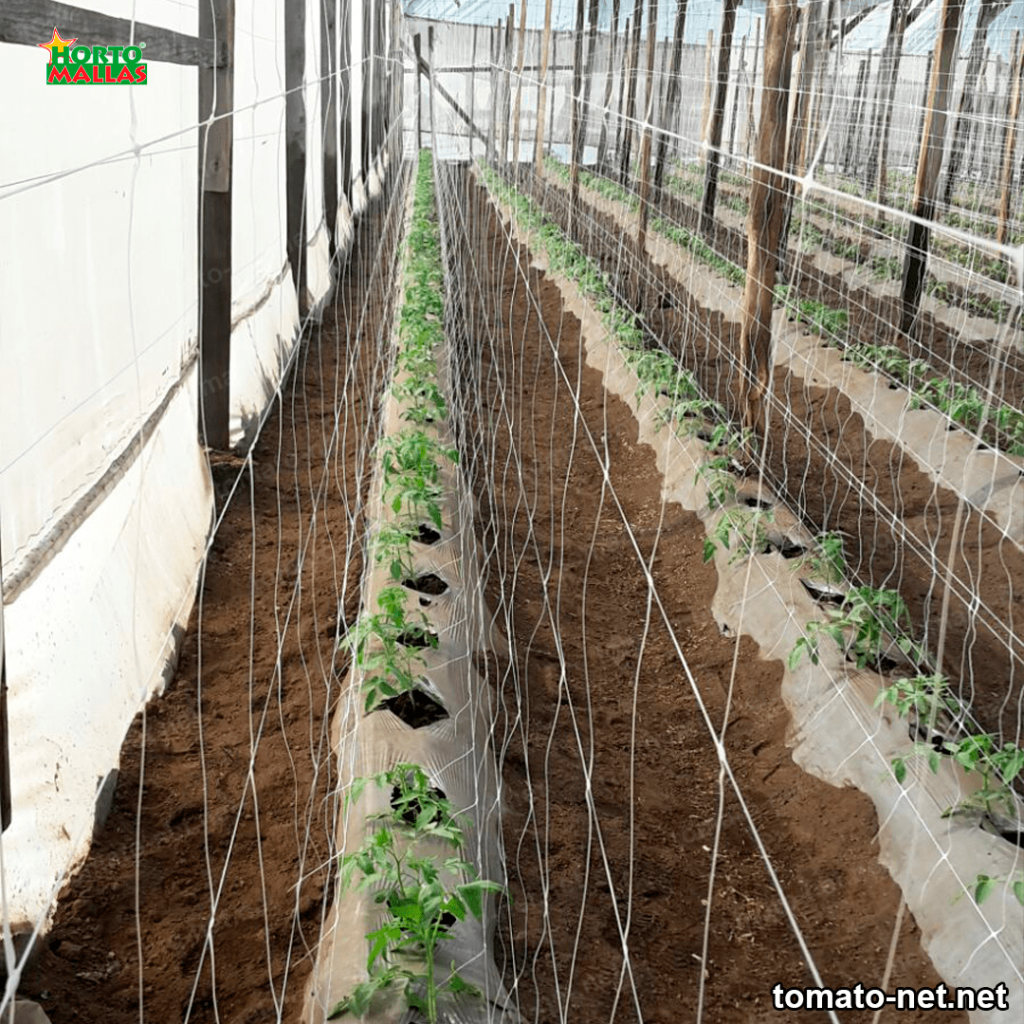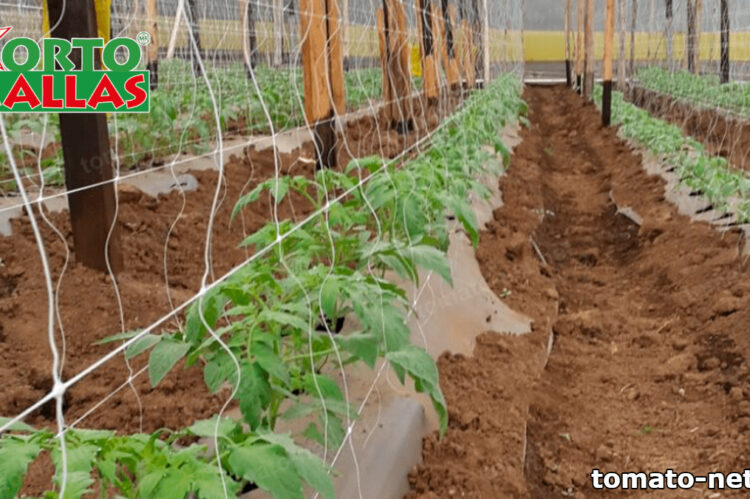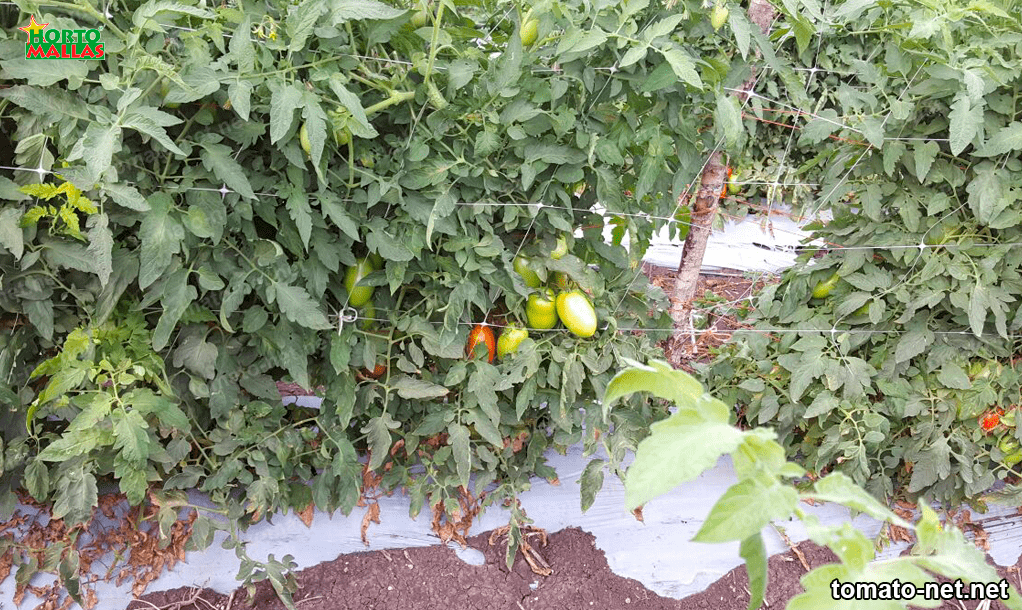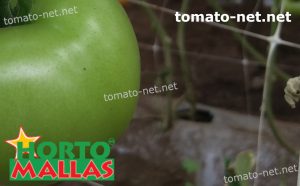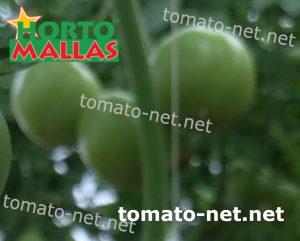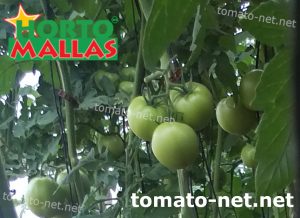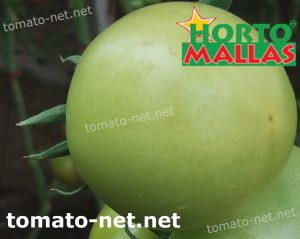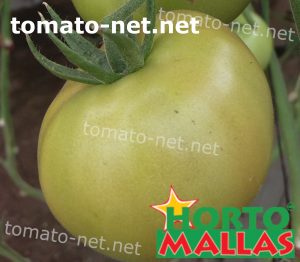This netting is a practical and affordable option for many growers. It is made with fiberglass and wire mesh, and is used to suspend tomatoes from a plant. This gives the tomato additional support to grow. Tomato netting also protects tomatoes from predators, such as insects and birds. This woven netting can also reduce tomato loss and help keep tomatoes protected during storms. This means growers can harvest firmer, healthier tomatoes.
Raffia is a less common option for harvesting tomatoes. It is made from natural materials, such as leather, rope and fabric. Raffia rope surrounds the stems of the tomato plant to provide additional support for the growing tomatoes. Raffia is also used to harvest tomatoes, as it can be used to wrap the tomatoes. This helps protect the tomato from sun, rain and animal damage. In addition, the raffia rope insulates the fruit from hard soils, which contributes to better quality tomatoes.
Tomato net and raffia have their own pros and cons when it comes to harvesting tomatoes. Tomato net provides additional support for the growing tomatoes, and also protects the fruit from predators. However, the mesh is more expensive to install and may require some maintenance to ensure that the stubs don’t get stuck in it. Raffia, on the other hand, provides a protective envelope for tomatoes and is relatively inexpensive to install. In addition, raffia is maintenance-free, but may require the help of a person to ensure proper wrapping. In general, it is difficult to say which method is best for harvesting tomatoes. It depends a lot on the farmer’s preference and budget.
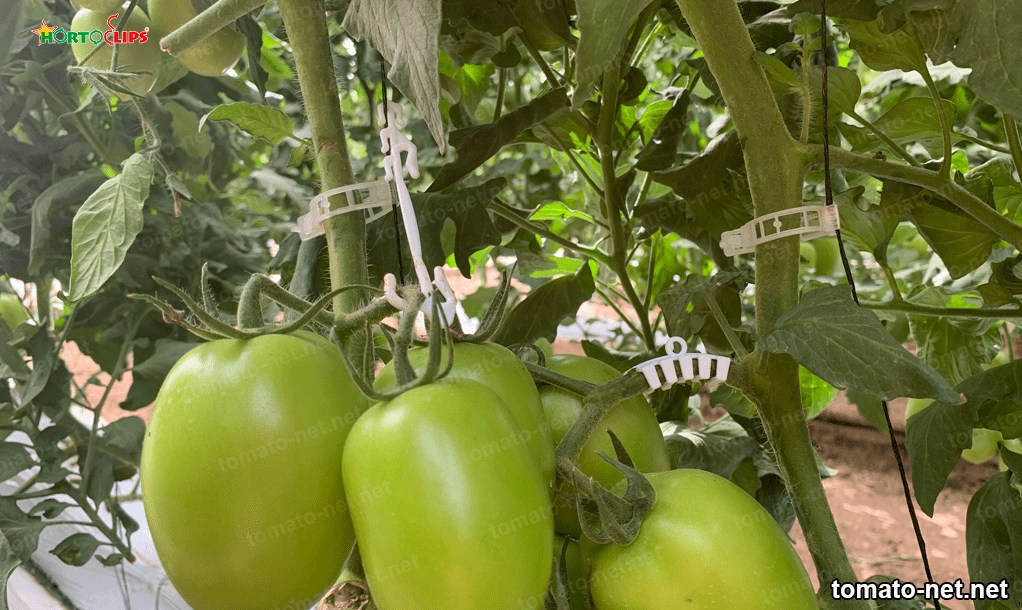
Why is tomato netting better than raffia in tomato crops?
It is well known that starting to grow tomatoes is one of the best forms of gardening for beginners. One of the main decisions a gardener must make is whether to use tomato net or raffia to support tomato stems. Both materials have advantages and disadvantages; however, tomato net is a better choice. Tomato net is mainly used to secure the tomato stems to the support, which prevents the tomato from buckling through the soil. In addition, this net is more durable, more weather resistant, stronger and does not wrinkle.
Compared to raffia, tomato net is generally more stable, stronger and more durable. This netting is resistant to exposure to the elements, which means it will not be damaged by heat, cold or wind. It’s also resistant to insects and other pests, so you can ensure your tomatoes stay safe. And because it’s made of durable material, it can be reused.
Tomato net also comes with some additional advantages. For example, tomato net helps stabilize the soil around the plant, improving the health of the tomatoes, which gives them more life and resilience. Tomato net also protects tomatoes from common enemies that can attack plants, such as worms, insects or other pests.
In contrast to tomato net, raffia will often need to be replaced more frequently. This raffia is much more fragile than tomato netting and is subject to weathering, insects and other pests. Its life span is generally shorter and it can be more easily destroyed by wind or rain. As a result, raffia needs to be replaced more frequently. You should also keep in mind that tomato netting is generally cheaper than raffia.
And what gains does a trellis mesh provide over raffia?
Tomato netting has many advantages over the use of raffia. The mesh is much more resistant to impact, nail and handling and safe to use, unlike raffia. The extreme strength of the netting, coupled with its light weight, allows it to better absorb sunlight, making it the ideal material for fruit growing design. In addition, it is an environmentally responsible product that facilitates the disposal of organic waste.
One of the main advantages of using tomato netting is that tomatoes can be grown with a higher yield. This tomato netting provides better support for the fruit, allowing for better plant stability. This translates into a greater quantity of fruit, due to the greater exposure to sun and air, which allows for accelerated growth. Tomato netting also facilitates cleaning between crops, preventing the spread of diseases.
In addition to improving the profitability of tomato cultivation, the use of tomato netting has other advantages. One advantage is space saving, which occurs due to the rigidity of the netting. A tomato net can be transported and stored much more easily than a raffia, as it is much flatter. This also allows growers to harvest with less post-harvesting and less mess in the growing area.
Finally, one of the main advantages of using tomato netting instead of raffia is the time savings. Tomato netting allows growers to work faster and more efficiently, which means they can support more crops in less time. This is due to the fact that tomato netting is the fastest and most efficient support technique for tomato cultivation. In conclusion, the use of tomato netting instead of raffia is a more cost-effective option for growers and ecologists.
